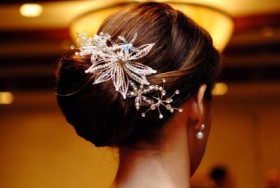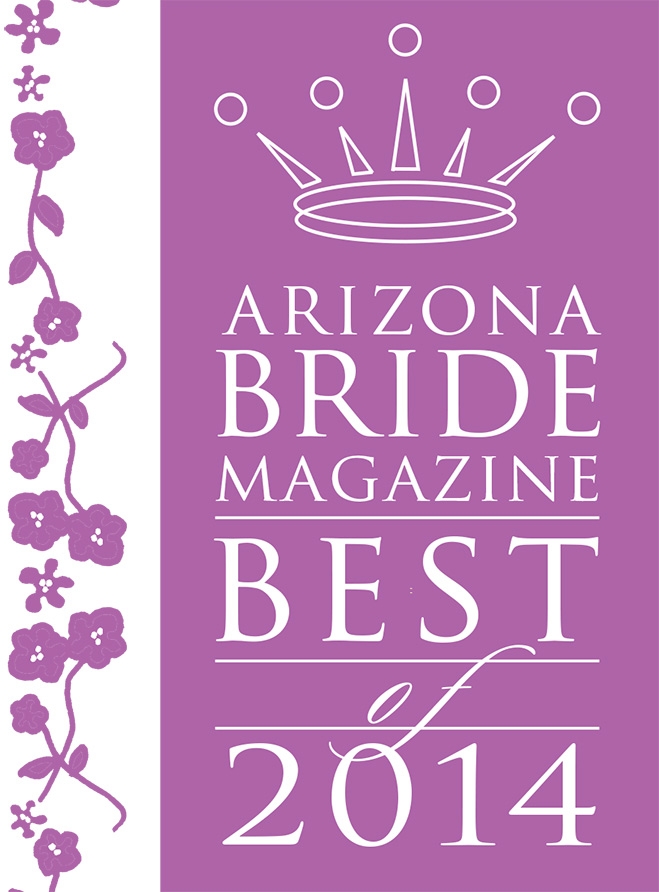One of the most interesting trends in the Pearl Market today is the continued emergence of fabulously large freshwater pearls. The Chinese freshwater farmer continues to produces larger rounder, more colorful and more lustrous pearls. The very best of these rival South Sea in size. It takes six to seven years to produce a freshwater pearl 12mm or larger. The gem quality pearl is quite a rarity a lower percentage of freshwater pearls produced are breathtaking gems but the quantity of freshwater is far greater than any other type of pearl. The farmer is getting more patient letting the mussel to lay down more nacre and grow larger. One reason for this is that farmers that need to cash in their crops are selling their nucleated mussels alive to larger farms and the buyer allows the process to continue longer, producing a larger and more lustrous product.
The basic techniques, like those for culturing Akoya, were introduced from Japan. China produced its first cultured freshwater pearls in the 1960s from wild-harvested Cristaria Plicata, a thin-shelled pearl mussel. The industry was initially state-controlled, with all exports passing through government agencies. Because quality was low, pearl experts outside of China called the small, white, irregularly shaped Chinese pearls by such derogatory names as “rice pearls” or “rice crispies, referencing the popular breakfast cereal.”‘ By the mid-1980’s; however, Chinese Pearl culturists were producing better quality small baroques, ovals, and potato-shaped pearls. Spherical Chinese pearls appeared by the early 1990s, in local markets freed from state control, and by the year 2000, remarkably high quality “rounds” up to 17 millimeters in diameter could be found in the vaults of Hong Kong gem dealers, attracting the attention of competitive producers of Akoya, South Sea, and Tahitian pearls.
By the year 2000, 30-40 percent of China’s harvest was made up of round pearls, and as many as 40 percent of these, or 10-15 percent of the total, were of gem quality. This evolution in pearl quality has involved a number of major changes in the Perl culture process. By 1983, most pearl farms had replaced the traditional pearl mussel Cristaria plicata (known as Cockscomb), with the thicker ¬shell, disease-resistant pearl mussel Hyriopsis cumingii (known as Triangle shell). Although Hyriopsis is more difficult to maintain in culture, its pearls are widely acknowledged as superior and thus worth the effort.














Stay in Touch